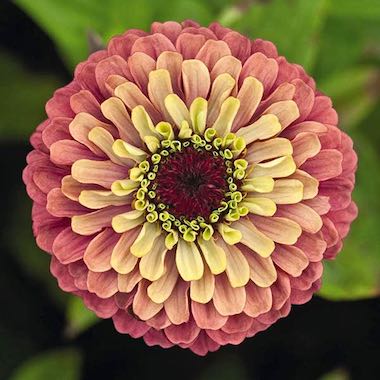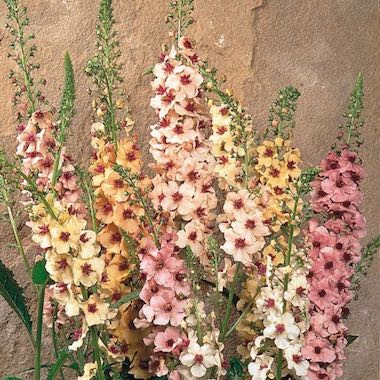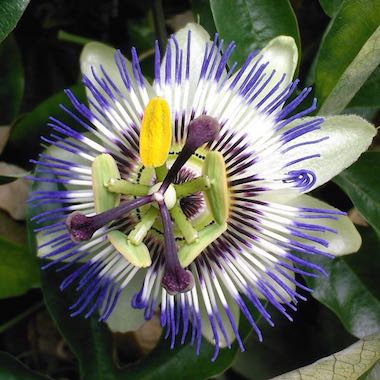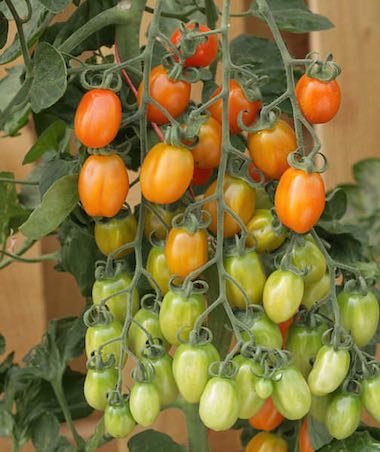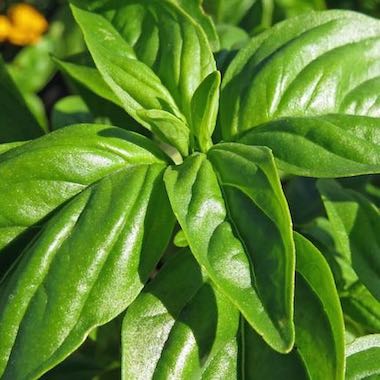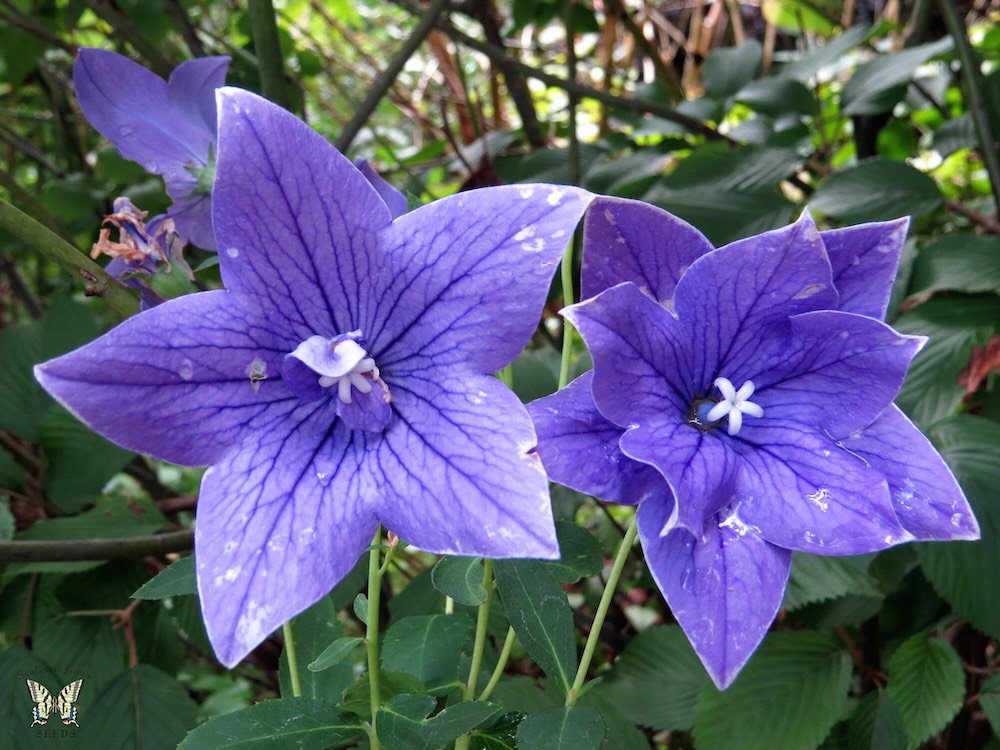
Balloon flowers, aka platycodon or Chinese Bellflower, are delightful long-lived perennials that grow well in many climates. Related to the bellflower, or campanula, balloon flowers come in shades of blue, purple, pink, and white and can be single- or double-petalled. Flowers are generally star-shaped with five or ten petals and open from buds that resemble balloons. Plants can range in height from 12 inches all the way to 24 inches, and flowers can range in size from two to three inches.
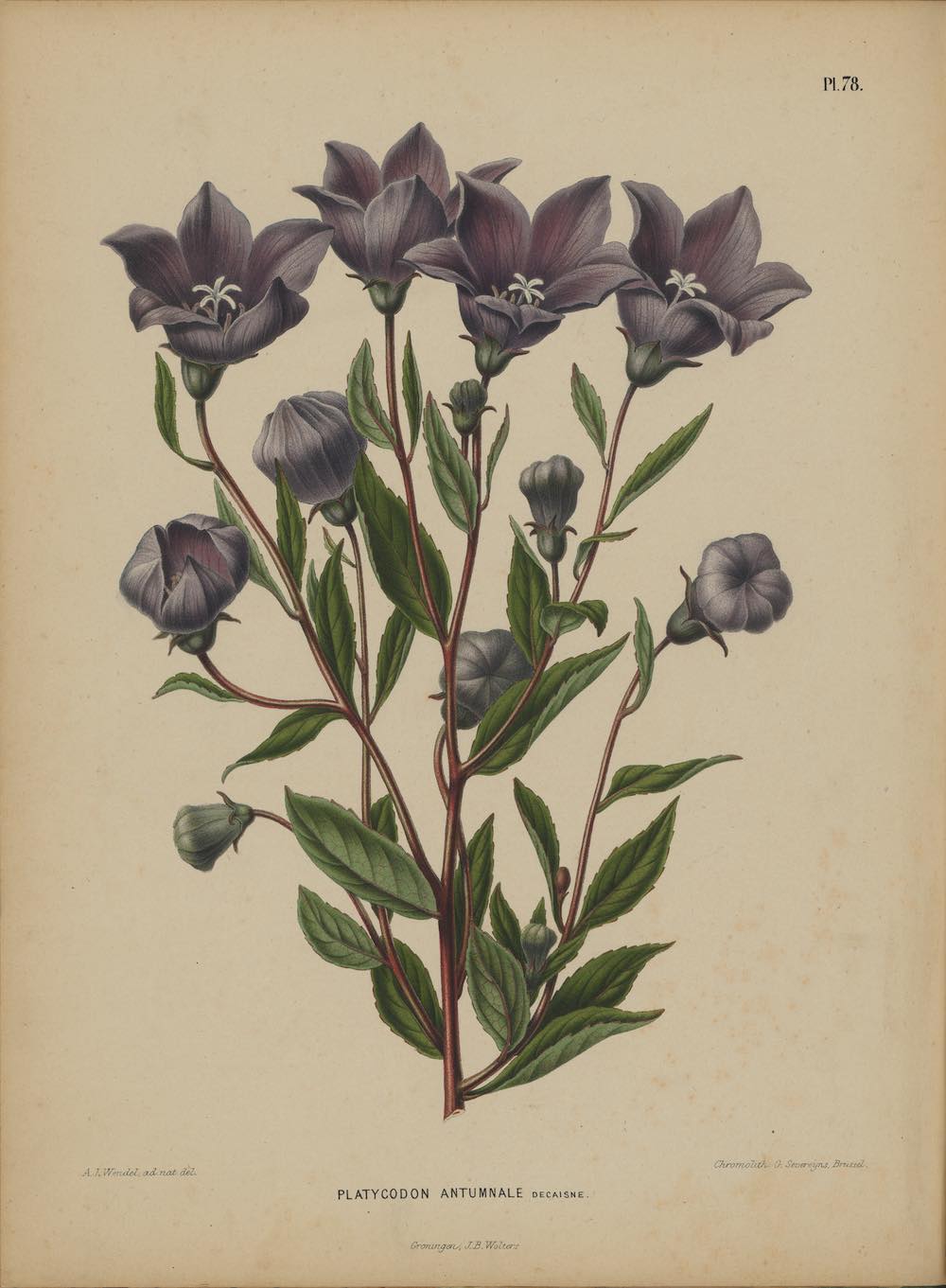
Platycodon grandiflorus. Image by Abraham Jacobus Wendel, from the Dutch language book Flora: afbeeldingen en beschrijvingen van boomen, heesters, éénjarige planten, enz. voorkomende in de Nederlandsche tuinen by H. Witte and A. J. Wendel, Groningen: Wolters, [1868]. The plants imaged were taken from Japan to the Netherlands by Philipp Franz von Siebold.
Balloon flowers are native to East Asia, and play an important role in the cultures of several East Asian countries. In Korea, the root of balloon flower is a very commonly-consumed vegetable. It’s also made into a honey-like condiment and made into a tea and a liquor. In China, balloon flower is used in traditional medicinal expectorant preparations for coughs, colds, and chest congestion. In Japan, the balloon flower is used as a traditional floral symbol on clan crests and considered one of the Seven Autumn Flowers for that festival. The flower is mentioned in traditional songs of Korea, Japan, and China.
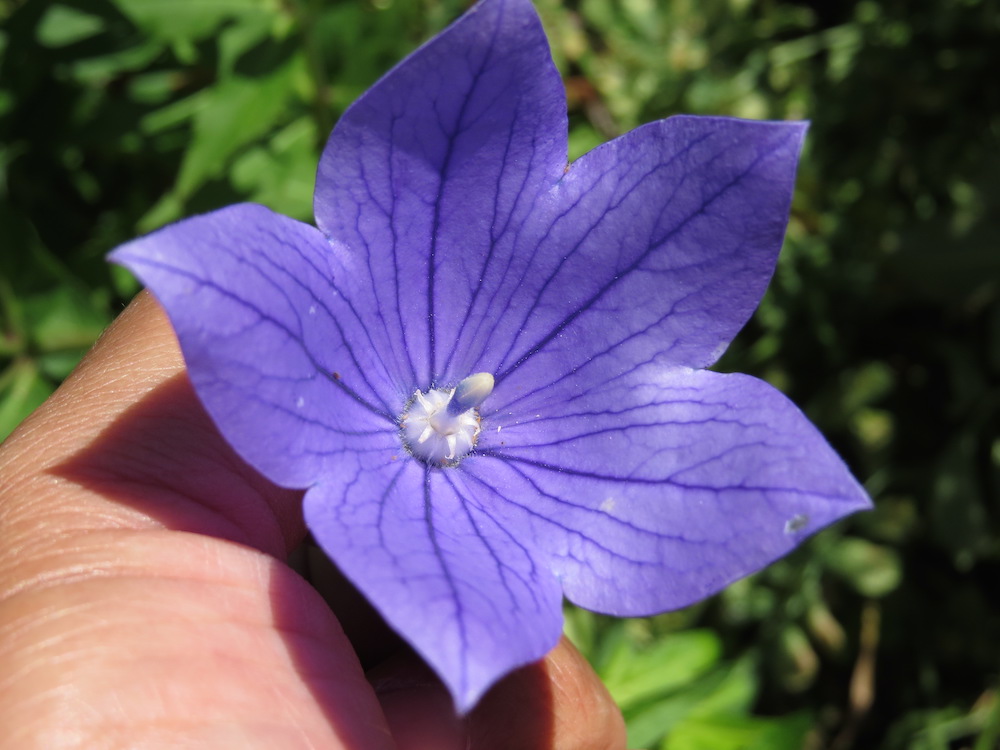
Balloon flowers are easy to grow and do well in partial to light shade. Taller varieties can be supported with stakes or cages and make excellent cut flowers. Plants are low-maintenance, deer-resistant, and may self-sow. Plants do not like to be disturbed or divided, and can be propagated from cuttings. Occasionally, balloon flowers will even bloom a second time in early fall if old flowers are removed.


